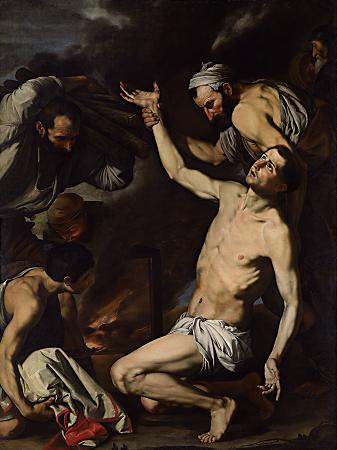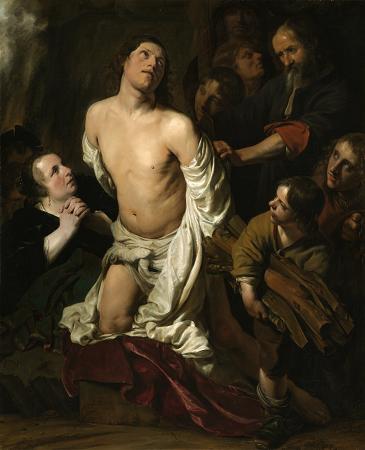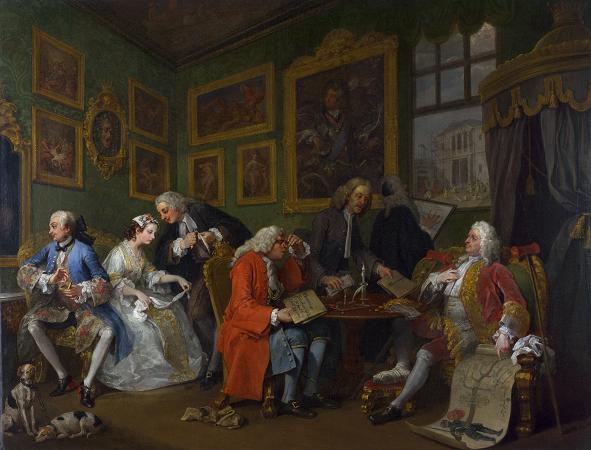Saint Lawrence. Saint Lawrence or Laurence was one of the seven deacons of the city of Rome, Italy, under Pope Sixtus II who were martyred in the persecution of the Christians that the Roman Emperor Valerian ordered in 258. Lawrence is thought to have been born on December 31, AD 225 in Valencia, or less probably, in Huesca, the town from which his parents came in the later region of Aragon that was then part of the Roman province of Hispania Tarraconensis. The martyrs Orentius and Patientia are traditionally held to have been his parents. Lawrence encountered the future Pope Sixtus II, who was of Greek origin and one of the most famous and highly esteemed teachers, in Caesaraugusta. Eventually, both left Spain for Rome. When Sixtus became the Pope in 257, he ordained Lawrence as a deacon, and though Lawrence was still young appointed him first among the seven deacons who served in the cathedral church. He is therefore called archdeacon of Rome, a position of great trust that included the care of the treasury and riches of the Church and the distribution of alms to the indigent. St Cyprian, Bishop of Carthage, notes that Roman authorities had established a norm according to which all Christians who had been denounced must be executed and their goods confiscated by the Imperial treasury. At the beginning of August 258, the Emperor Valerian issued an edict that all bishops, priests, and deacons should immediately be put to death. Pope Sixtus II was captured on 6 August 258, at the cemetery of St Callixtus while celebrating the liturgy and executed forthwith. After the death of Sixtus, the prefect of Rome demanded that Lawrence turn over the riches of the Church. St Ambrose is the earliest source for the narrative that Lawrence asked for three days to gather the wealth. He worked swiftly to distribute as much Church property to the indigent as possible, so as to prevent its being seized by the prefect. On the third day, at the head of a small delegation, he presented himself to the prefect, and when ordered to deliver the treasures of the Church he presented the indigent, the crippled, the blind, and the suffering, and declared that these were the true treasures of the Church. One account records him declaring to the prefect, The Church is truly rich, far richer than your emperor. This act of defiance led directly to his martyrdom and can be compared to the parallel Roman tale of the jewels of Cornelia. On 10 August, Lawrence, the last of the seven deacons, and therefore, the ranking Church official, suffered a martyr's death. It is believed that he was executed or instead boiled As deacon in Rome, Lawrence was responsible for the material goods of the Church and the distribution of alms to the poor. Ambrose of Milan relates that when the treasures of the Church were demanded of Lawrence by the prefect of Rome, he brought forward the poor, to whom he had distributed the treasure as alms. Behold in these poor persons the treasures which I promised to show you; to which I will add pearls and precious stones, those widows and consecrated virgins, which are the Church's crown. The prefect was so angry that he had a great gridiron prepared with hot coals beneath it, and had Lawrence placed on it, hence Lawrence's association with the gridiron. After the martyr had suffered pain for a long time, the legend concludes, he cheerfully declared: I'm well done on this side. Turn me over! From this St. Lawrence derives his patronage of cooks, chefs, and comedians. Lawrence was sentenced at San Lorenzo in Miranda, imprisoned in and baptized fellow prisoners at San Lorenzo in Fonte, martyred at San Lorenzo in Panisperna, and was buried in San Lorenzo fuori le Mura. The Almanac of Filocalus for 354 states that he was buried in the Catacomb of Cyriaca on the Via Tiburtina by Hippolytus and Justin the Confessor, a presbyter. One of the early sources for his martyrdom was the description of Aurelius Prudentius Clemens in his Peristephanon, Hymn 2. Historian Patrick J. Healy opines that the traditional account of how Lawrence was martyred is not worthy of credence, as the slow lingering death cannot be reconciled with the express command contained in the edict regarding bishops, priests, and deacons which ordinarily meant decapitation. A theory of how the tradition arose is proposed that as the result of a mistake in transcription, the omission of the letter p-by which the customary and solemn formula for announcing the death of a martyr-passus est-was made to read assus est.
more...













